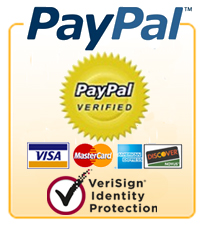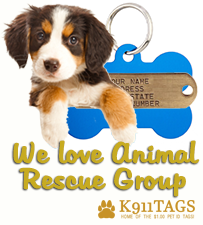
Dog tags are small identification tags that are commonly worn by dogs. They serve as an essential tool in ensuring the safety and well-being of our furry companions. When it comes to writing on dog tags, it’s crucial to include specific information that can aid in the identification and return of a lost dog. In this article, we will discuss what to write on dog tags and why it matters.
- Name and Contact Information:
The most critical information to include on a dog tag is the pet’s name and your contact information. Make sure to engrave your phone number, including the area code, as well as an email address if possible. This enables anyone who finds your lost dog to easily reach you and facilitates a quick reunion.
Example:
Name: Max
Phone: (123) 456-7890
Email: example@email.com
- Microchip Details:
Including your dog’s microchip number on the tag is an excellent idea. In case your dog loses its collar, people can still identify the microchip and track the owner through a veterinary clinic or an animal shelter. This additional information increases the chances of a safe return.
Example:
Microchip: XXXXXXXX
- Medical Conditions or Allergies:
If your dog has any medical conditions or allergies, it’s crucial to note them on the tag. This information can be life-saving, as it helps others provide appropriate care in case your dog requires immediate medical attention.
Example:
Medical: Diabetic / Allergic to bee stings
- Reward Offer:
Consider adding a “Reward” line on the dog tag. This can incentivize individuals who find your lost pet to make an extra effort to contact you. However, be cautious when including the amount or specifics of the reward to avoid potential scams or false claims.
Example:
Reward: Generous reward offered
- Secondary Contact:
Including a secondary contact person’s information, such as a trusted friend or family member, can serve as a backup if you are unavailable or temporarily unreachable. Ensure that the secondary contact is aware of their role and can assist in the event of an emergency.
Example:
Secondary Contact: Emily (987) 654-3210
Writing the right information on your dog’s tag is vital for their safety and ensures a higher likelihood of being reunited if lost. Remember to include your dog’s name, your contact details, microchip information, medical conditions, and allergies. Additionally, consider offering a reward and including a secondary contact. Taking the time to create a comprehensive and accurate dog tag can make a world of difference in bringing your beloved pet home safely.


